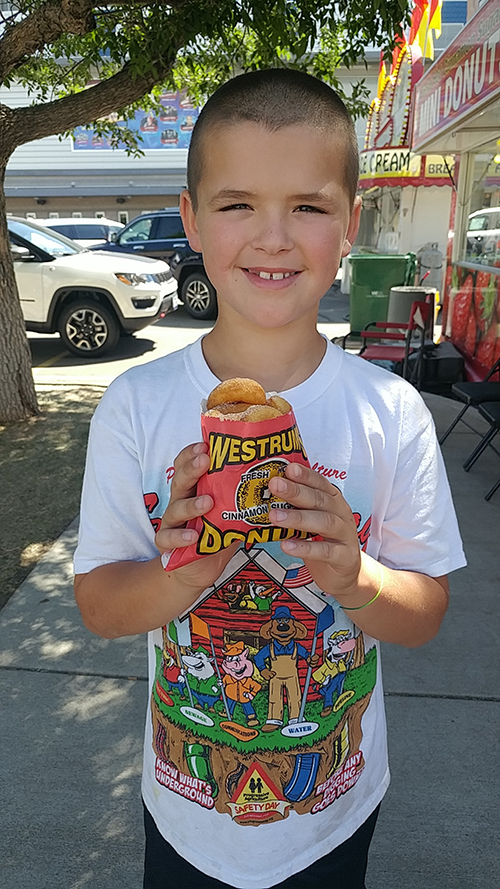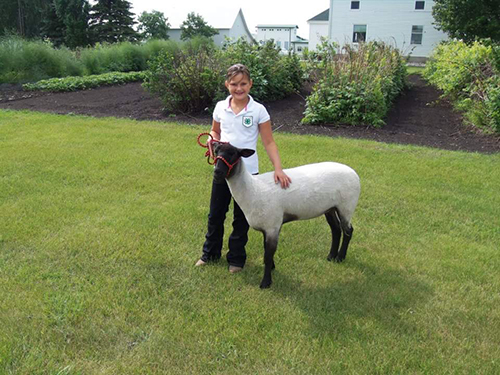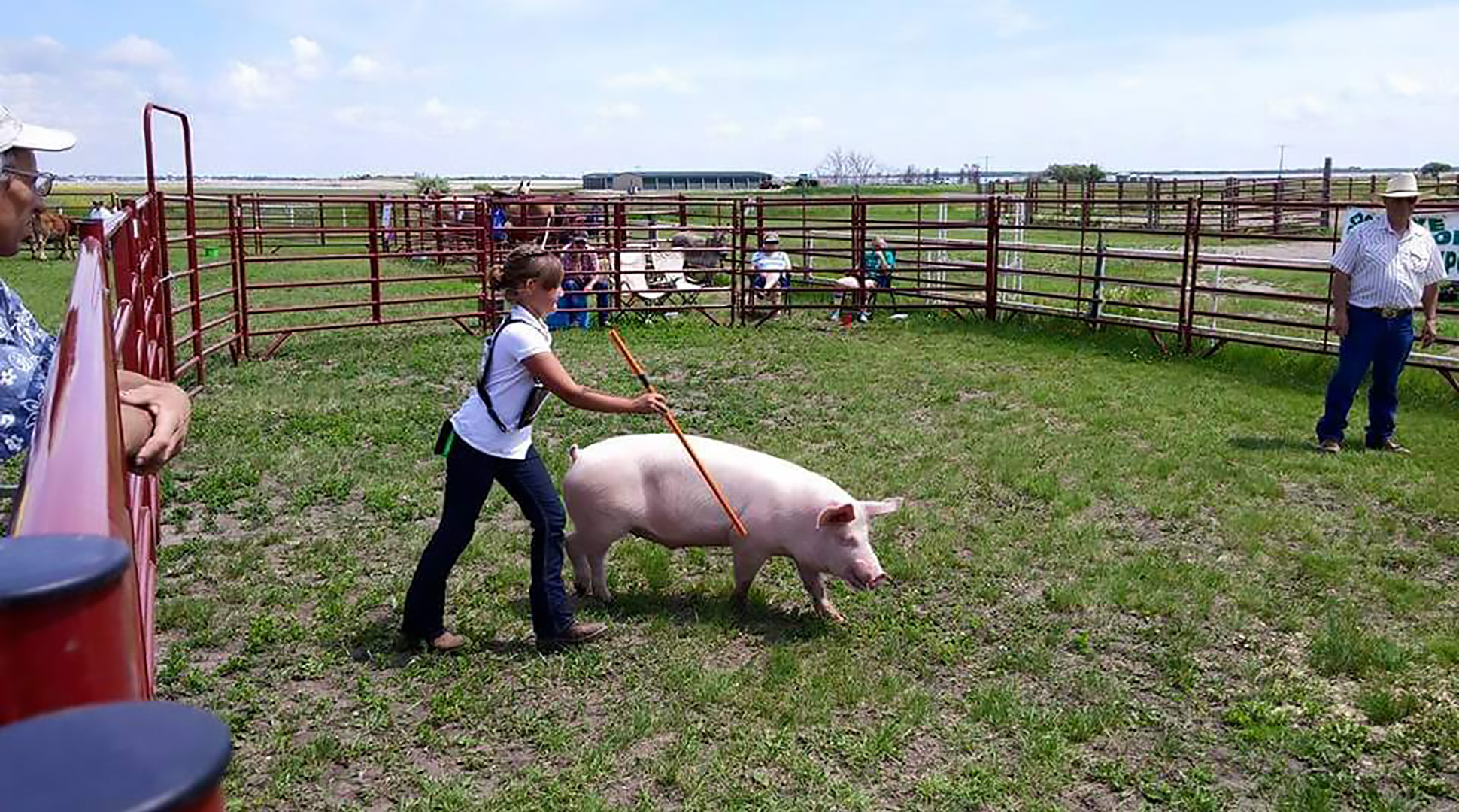by Carie Moore
It’s state fair week in North Dakota. Last week we watched a show on cable all about new and crazy fair food. I’m not a fair food person; the thought of deep fried anything on an 80+ degree day is anything but appetizing.

When we think of fair foods it’s funnel cakes, footlong corndogs, homemade root beer and lemonade, mini doughnuts, and local favorites. For some people that is THE highlight and the only reason they come to the fair. Some go for the rides, and some go to see the animals and barns. Now that’s my kind of fair food.
Most fair animals — unless shown in the breeding category — will to go market after the fair. That means it will be sold to a packer, a private individual, or kept by the family to butcher. As these families care for the animals, they understand that the animals are livestock and will eventually end up on someone’s table.
The fair is an opportunity for the pubic to walk through the barns and learn about sheep, cattle, pigs, chickens, and goats. It’s great to see first-hand how these animals are cared for and treated as well as ask questions about differences within each group of animals. Why are some used for meat and not wool? Why are some used for breeding and not market? Many of the answers you get will all be very similar, which is as close to the truth as you can possibly get.
Just like you would ask the food vendor, “What’s in this?” you can ask an exhibitor, “What do you put into this animal that makes it safe for me to eat?”

A few tips for making your barn “ag”venture a little less intimidating:
1. Don’t stop and ask questions when that class of animals is showing or up next. There will either be a schedule or you will see them grooming, spraying, or diligently working on an animal.
2. If someone is moving an animal and you are in the path, back up against the wall and stand still. Don’t try to help or move, the more still you stand the better. Most times the animal will walk by you quickly as they are more scared of you. They are also in a new environment and confused so keep calm.
3. Start the conversation off on a positive note and make them aware you want to learn, otherwise they will probably throw out terms you might not be familiar with. Try something like, “Hi, I’m from (city) and I’ve never even been on a farm before. I really think sheep are pretty. Can you tell me why this one doesn’t have wool but the one in the pen next to it does? How come one of the sheep has a coat on it but the others don’t? Do your sheep live in the barn or do they get to be outside too? Do you ever give your animals medicine or are they usually pretty healthy?” I don’t recommend repeating something negative you’ve heard – like “I’ve heard all meat has added hormones. Does yours?” – and expect a 10-year-old to respond. If you start off with an open mind and are willing to learn, a lot of those other questions you have will probably get answered. Most kids are very proud of all the work they and their animals have done and will talk for an hour if you let them.
4. People showing their animals, especially youth, aren’t going to lie to you about how they care for their animals. Have faith and trust what they say.
5. Thank them for their time and their love for their animals. If your conversation was great, look for them the next year and go say hi. It’s a good bet they will remember you and be appreciative you took what they said seriously and you connected with them.
Fair food doesn’t only exist on the midway, but also in the barns. Who knows, maybe something you eat on the midway was in one of the barns the year before.
